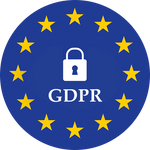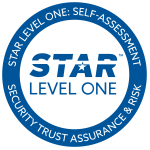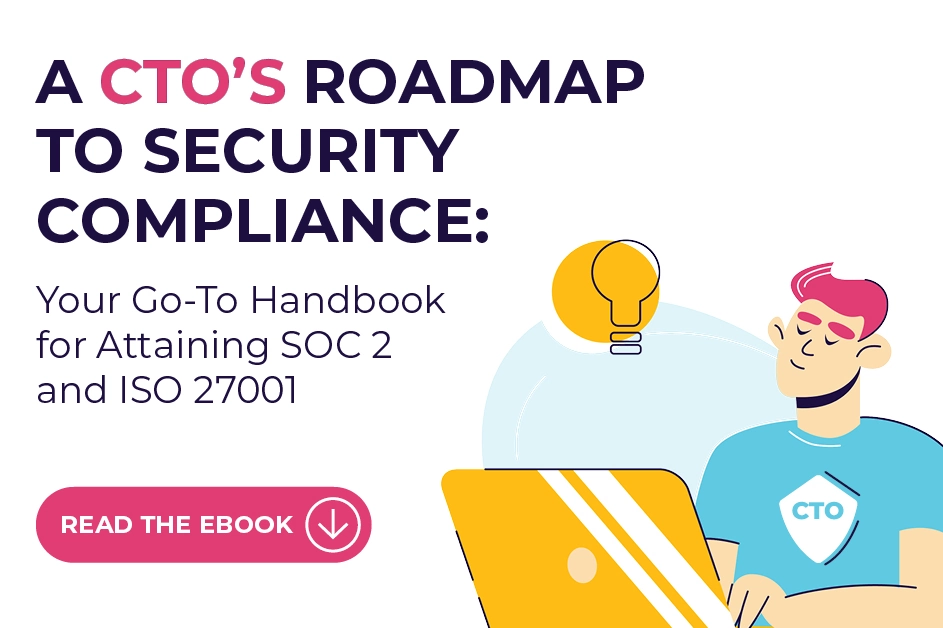This blog will provide you with a clear roadmap of must-haves for compliance so you can make informed decisions when evaluating solutions.
Risk Management Plan
You are looking at implementing an effective risk management plan. Where do you even start? The idea of accounting for all potential risks facing your organization can seem daunting. But having a documented risk management plan in place is very important. It requires input from stakeholders to determine risks, as well as strategies to avoid or mitigate them.
Purpose of a Risk Management Plan
The purpose of a risk management plan is to identify, evaluate, and prepare for risks that could negatively impact your business. A good plan helps reduce surprises, improves decision making, and leads to a more risk-aware culture.
To create an effective plan, you’ll need to analyze risks across your entire organization. Define risk categories, like operational, financial, cyber or environmental risks. Identify specific risks within each category, estimating the probability of each risk occurring and its potential severity. Then determine risk responses, such as avoiding the risk altogether, reducing the likelihood or impact, transferring the risk to another party, or accepting the risk.
You’ll want to assign risk owners, those responsible for monitoring and managing each risk. They should regularly revisit risks to see if likelihood or severity has changed, requiring an updated response. Your risk management plan is a living document, evolving as new risks emerge or business priorities shift.
With a comprehensive plan in place, you’ll have confidence in your ability to navigate challenges and leverage opportunities. And if a risk event still occurs, you’ll be in the best position to minimize damage and continue moving forward.

How to Create an Effective Risk Management Plan
Creating an effective risk management plan requires collaboration and input from key stakeholders in your organization. As the risk manager, your role is to facilitate the process and ensure all risks are identified and properly addressed.
Gather Information
Talk to leadership, legal teams, and subject matter experts to understand business objectives, compliance requirements, and potential threats. Review historical data on past risks and incidents. The more you know, the more comprehensive your plan can be.
Identify Risks
Work with stakeholders and department managers to pinpoint anything that could threaten key business initiatives, assets, people or operations. Consider external factors like cyber threats, natural disasters, or market changes as well as internal risks such as fraud, project failure or skills gaps. Document each risk and assess the likelihood of occurrence and potential impact.
Develop Risk Responses
For each risk, determine how to prevent or mitigate the threat. You may avoid, transfer, accept or control the risk. Control measures should be carefully tailored to the risk and may include policies, training, audits, backup systems or insurance. Clearly outline roles and responsibilities for implementing each risk response.
Monitor and Review
Once the plan is in place, regularly check that risks and controls are functioning properly. Make changes as needed to account for new threats, issues that arise, or shifts in business priorities. Yearly reviews and testing are recommended best practices.
An effective risk management plan requires diligent effort to create and maintain. However, the benefits to your business – continuity, compliance and stability – make it well worth the investment. With a proactive approach to identifying and addressing risks, you’ll have the confidence of knowing that critical threats are under control.
You now have a solid overview of what a risk management plan entails and how critical it is for any organization. With key roles defined, a process established, and risks identified and prioritized, you’ll be well on your way to proactively managing risks rather than reacting to issues down the road. Stay diligent in reviewing and updating the plan regularly—risks evolve and change over time. But with the right risk management plan in place, you’ll have the tools and framework needed to navigate challenges and keep your organization on track.












